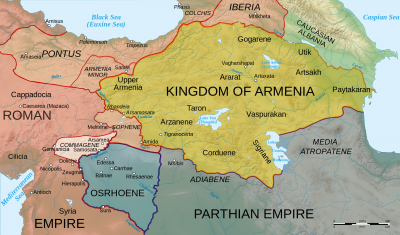Armenian Population
In the Middle Ages the town Behesni was entirely inhabited by Armenians.
According to the Armenian Patriarchate of Constantinople, there lived 4,550 Armenians in eight localities of the kaza, maintaining four churches and four schools for 330 children.(1) One third of the kaza’s Armenian population, 3,750 residents, lived in its administrative seat, “while roughly 800 Armenians inhabited seven other localities: Kesun, Surfaz, Şamboyad, Pelvere, Raban Ovase, and Hoçgaşi.“(2)
Armenian Settlements in the kaza Besni / Behesni
Behseni (Besni, administrative seat), Belveren (Beleren; Pelvere), Tut, Khoshkashi (Hoçgaşi), Shambayad (Şamboyad; Shan Beydi), Sarap, Surfaz (Sofraz), Pervari (Belveru), Kesun (Keysun).(2)
History
The region belonged to Lesser Armenia (Armenia Minor), and then to Western Armenia. In 1156, Stephen (Stepan), brother of King Toros II, conquered the town of Behesni from Turkish tribes and annexed it to the Armenian kingdom of Cilicia. The city was captured by the Egyptians in 1293.
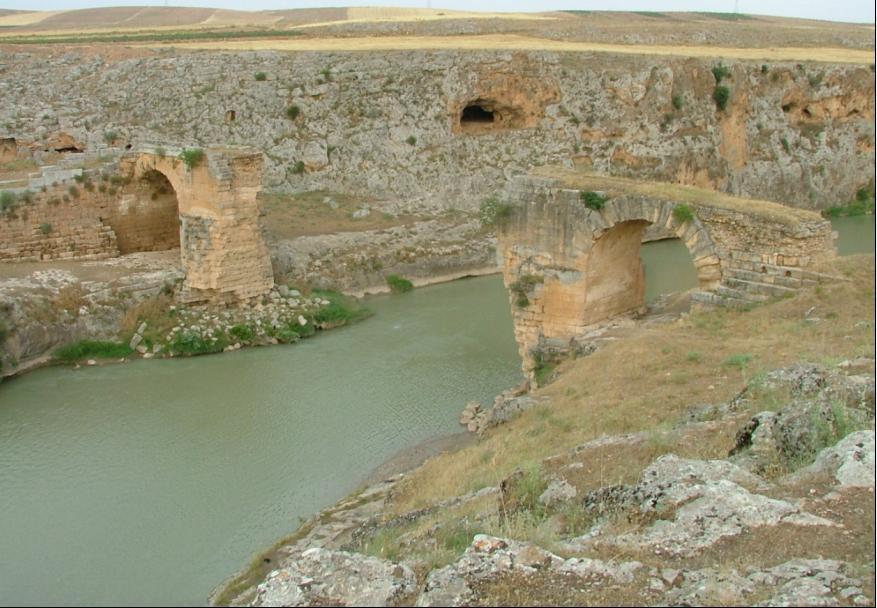
Behesni / Besni Town
Located on the Antep-Malatya road, the administrative seat of the kaza was surrounded by mountains, gardens and forests. The town was famous for its grapes and raisins, which were exported. The vast majority of the population were busy cutting boards in the surrounding forests and making logs, which were mainly exported to Urfa.
Behesni had an Armenian church named after the Savior (Surb Prkich) and an Armenian school (Nersisyan School). At the end of the 20th century, the remains of Behesni Castle were still visible.
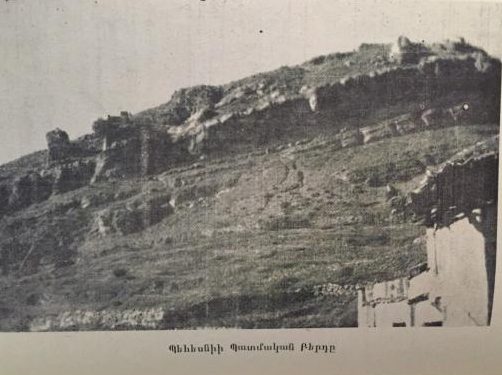
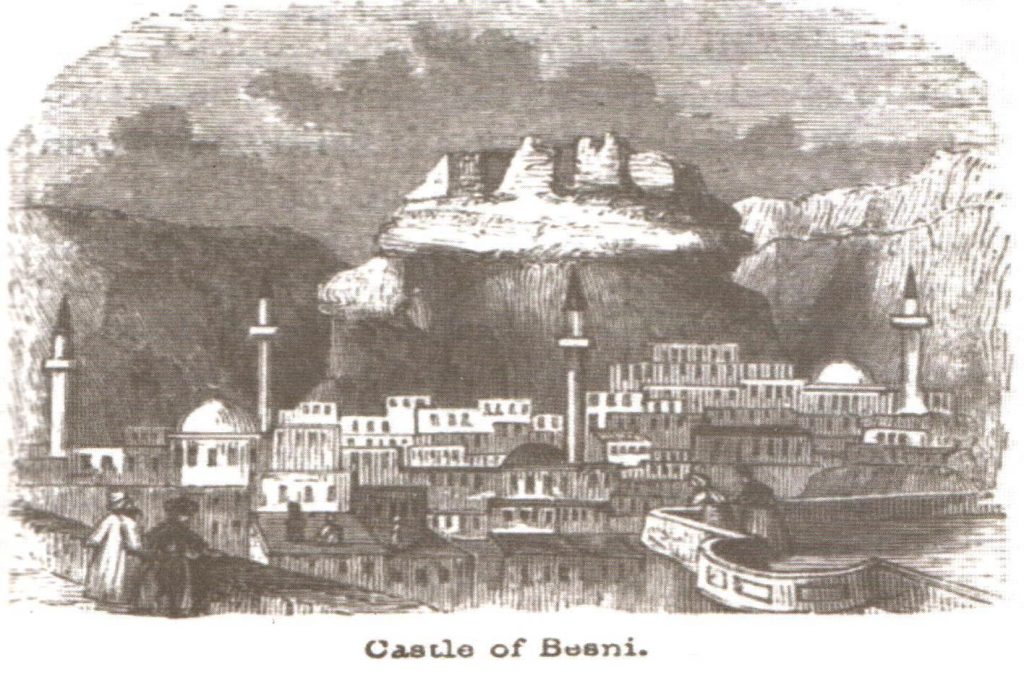
Population
In the Middle Ages the town Behesni was entirely inhabited by Armenians. In the late 19th century Behesni Town had 1880 inhabitants, 400 of which were Armenians. The main part of the population were Turks.[4] In contrast, the Armenian Patriarchate of Constantinople gave the number of Armenian residents in the administrative seat as high as 3,750 in 1914.[5]
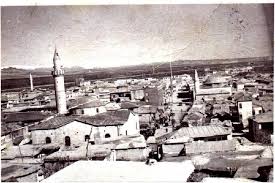
Destruction
The kaymakam, Edhem Kadri Bey, ordered the arrest of Father Clement Singirian and 20 notables from Behesni in early May 1915. They were sent to Kündebeg and massacred by çeteler (irregulars) on 13 May.
Like his colleague from the neighbouring kaza Kahta, Kadri Bey faced court prosecution after the inquiry conducted by Mazhar in fall 1915. As president of the local commission responsible for “abandoned property” (mahalli emvalı metruke), Kadri was blamed “for significant losses of property abandoned by deported Armenians and abuses in connection with this property”. “Mazhar’s fall 1915 report (…) exposes the ferocious struggle between the Treasury on the one hand and local notables and government officials on the other over the legalized plunder of the Armenians’ ‘abandoned property.’ The real situation was a far cry from the formal statements of the authorities, who pledged to protect the property yet themselves behaved like predators. In a 5 November 1915 report, the mutesarrıf of Malatya laconically announced: ‘There are no Armenians left in Behesni.’” [6]
